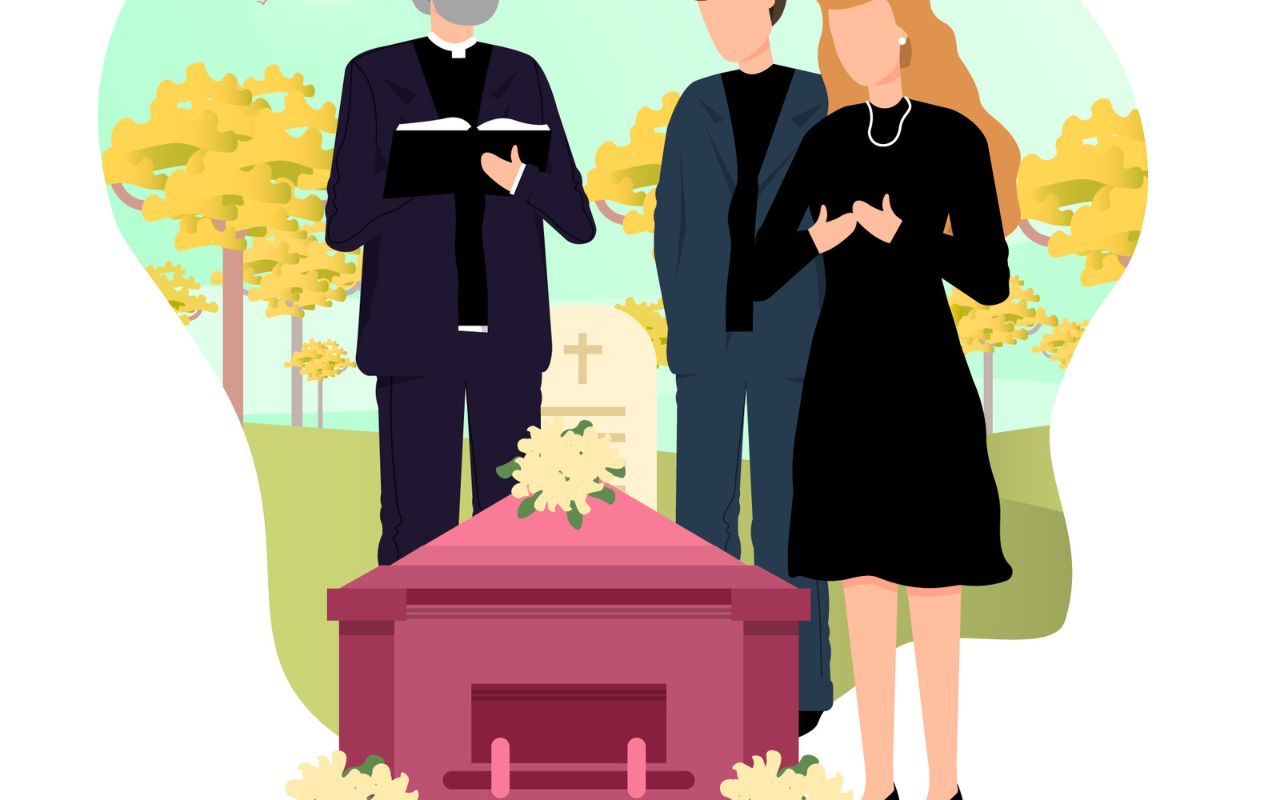Borderline Personality Disorder (BPD) is a mental health condition that affects approximately 1.6% of the adult population in the United States. One of the defining features of BPD is an intense fear of abandonment, leading individuals with BPD to form strong attachments to certain individuals, often referred to as “favorite persons” or “FPs.” While having a favorite person can provide a sense of security and stability for someone with BPD, it can also lead to unhealthy and codependent relationships. In this article, we will explore how to stop having a favorite person when living with BPD.
Understanding Borderline Personality Disorder
Before diving into strategies for managing favorite persons, it is essential to understand BPD and its impact on relationships. Individuals with BPD often struggle with intense emotions, including fear, anger, and sadness, which can lead to impulsive behaviors and unstable relationships. These individuals often have difficulty regulating their emotions and may struggle with self-identity and self-worth. BPD can make it challenging to maintain healthy relationships, leading individuals to form intense and often unhealthy attachments to certain individuals.
The Impact of Favorite Persons
Having a favorite person can provide a sense of safety and security for someone with BPD. These individuals often feel a strong emotional bond with their FP and may rely heavily on them for emotional support.
However, this intense attachment can also lead to codependency and an unhealthy reliance on the FP for validation and self-worth. This dynamic can put a strain on the relationship and make it difficult for the individual with BPD to form healthy relationships with others.
Strategies for Managing Favorite Persons
- Identify Triggers: The first step in managing favorite persons is to identify what triggers the intense emotional attachment. This could include feeling rejected, abandoned, or alone. By recognizing these triggers, individuals can begin to develop coping strategies to manage their emotions in healthier ways.
- Practice Self-Care: It is essential for individuals with BPD to prioritize their own self-care. This includes engaging in activities that bring joy and relaxation, such as exercise, meditation, or hobbies. Taking care of oneself can help reduce emotional dysregulation and make it easier to manage relationships.
- Seek Professional Help: Therapy can be an incredibly effective tool for managing BPD and its impact on relationships. A mental health professional can provide guidance on coping strategies, emotional regulation, and communication skills that can help individuals form healthier relationships.
- Build a Support Network: It is important for individuals with BPD to build a network of supportive individuals who can provide emotional support and validation. This could include family, friends, or other individuals with BPD who understand the unique challenges of the condition.
- Set Boundaries: It is essential to set clear boundaries in relationships, including with a favorite person. This means communicating needs and expectations and being willing to enforce those boundaries when necessary.
- Focus on Personal Growth: Individuals with BPD can benefit from focusing on personal growth and development. This includes setting personal goals, learning new skills, and building self-confidence. Focusing on personal growth can help shift the focus away from intense relationships and toward personal fulfillment.
The Role of Medication
Medication can be an effective tool for managing the symptoms of BPD, including emotional dysregulation and impulsivity. However, medication should not be seen as a standalone solution for managing favorite persons. It is important to work with a mental health professional to develop a comprehensive treatment plan that includes therapy, medication, and other strategies for managing BPD.
Living with borderline personality disorder (BPD) can be challenging, particularly when it comes to managing relationships. People with BPD may often experience an intense attachment to a “favorite person” – someone who they feel is essential to their happiness and well-being.
This dependency can be distressing for both the person with BPD and their favorite person. However, it is possible to break this cycle and learn to manage relationships in a healthier way.
In this article, we’ll explore some effective methods for how to stop having a favorite person when living with BPD.
Acknowledge the problem
The first step in overcoming a dependency on a favorite person is to acknowledge that the problem exists. Recognizing that your attachment is unhealthy is a crucial step in breaking the cycle. Once you’ve identified the issue, you can start to explore ways to manage your emotions and relationships more effectively.
Practice mindfulness
Mindfulness is a powerful tool that can help you stay present in the moment and reduce emotional reactivity. Practicing mindfulness can help you to manage intense emotions and develop a sense of emotional balance. Try setting aside a few minutes each day to practice mindfulness meditation, or try incorporating mindfulness into your daily activities by focusing on your senses and staying present in the moment.
Some general information about the benefits of practicing mindfulness in the context of Borderline Personality Disorder (BPD):
- Improved Emotional Regulation: Mindfulness techniques, such as meditation and deep breathing, have been shown to help individuals with BPD regulate their intense and fluctuating emotions. These practices can lead to greater emotional stability and resilience.
- Reduced Impulsivity: BPD is often associated with impulsive behaviors. Mindfulness can help individuals pause and consider their actions, reducing the tendency to act on impulse.
- Enhanced Self-Awareness: Mindfulness encourages self-reflection and self-awareness, which can be particularly beneficial for those with BPD. It can help individuals become more attuned to their thoughts, emotions, and behaviors, facilitating healthier interpersonal relationships.
- Lowered Anxiety and Depression: Many individuals with BPD experience co-occurring anxiety and depression. Mindfulness practices have been shown to reduce symptoms of these conditions and improve overall well-being.
- Stress Reduction: Mindfulness can help individuals manage stress more effectively, which is crucial for people with BPD, as stress can exacerbate their symptoms.
- Improved Interpersonal Relationships: By increasing self-awareness and emotional regulation, mindfulness can lead to more stable and fulfilling relationships. It can reduce interpersonal conflicts and the idealization-devaluation cycle that can be common in BPD.
While these benefits are widely acknowledged, the exact statistics related to the effectiveness of mindfulness in treating BPD may vary depending on the specific studies and research findings.
Build a support network
Having a support network of people who understand and support you can be incredibly helpful in managing relationships when you have BPD. Seek out trusted friends or family members who you can talk to when you’re feeling overwhelmed, and consider joining a support group for people with BPD.
Learn to regulate your emotions
Learning to regulate your emotions is an essential skill for managing relationships when you have BPD. Try practicing relaxation techniques such as deep breathing, progressive muscle relaxation, or visualization to help you manage intense emotions. You can also try journaling or creative expression as a way to process and express your emotions.
Emotion regulation is a cornerstone of managing Borderline Personality Disorder (BPD). Those with BPD often experience intense and rapidly changing emotions, which can be challenging to handle. Learning effective emotion regulation techniques can be a game-changer on your path to emotional stability and healthier relationships.
Dialectical Behavior Therapy (DBT):
One of the most effective therapeutic approaches for learning emotion regulation is Dialectical Behavior Therapy (DBT). Developed by Dr. Marsha Linehan, DBT is specifically designed for individuals with BPD. It offers a comprehensive set of skills and strategies to help you navigate emotional turbulence and impulsive reactions.
DBT includes the following core modules:
- Mindfulness: This module helps you become more aware of your thoughts, feelings, and sensations in the present moment. By practicing mindfulness, you can observe your emotions without judgment and make more conscious choices about how to respond.
- Emotion Regulation: The emotion regulation module provides tools for identifying, understanding, and managing your emotions. You’ll learn to label your emotions accurately, reduce emotional vulnerability, and change unwanted emotional responses.
- Distress Tolerance: Distress tolerance skills are crucial when facing moments of crisis and intense emotional distress. These skills help you navigate challenging situations without making impulsive decisions that you may later regret.
- Interpersonal Effectiveness: Building and maintaining healthy relationships is a key component of emotion regulation. This module focuses on effective communication, setting boundaries, and balancing your needs with the needs of others.
Coping Strategies:
In addition to DBT, there are various coping strategies you can integrate into your daily life to regulate your emotions. These strategies can be used in conjunction with therapy or as standalone techniques:
- Deep Breathing: Simple deep breathing exercises can help calm the body’s stress response and reduce emotional intensity. Practice slow, deep breaths when you feel overwhelmed.
- Grounding Techniques: Grounding exercises can help you stay rooted in the present moment when emotions are running high. This might involve focusing on your senses, such as touching a textured object or naming five things you can see, hear, or touch.
- Identifying Negative Thought Patterns: Recognizing and challenging negative thought patterns is an essential part of emotion regulation. Cognitive-behavioral techniques can help you reframe negative thoughts and replace them with more balanced and constructive ones.
Self-Care Practices:
Maintaining self-care routines is vital for emotion regulation. Adequate sleep, regular exercise, a balanced diet, and stress-reduction techniques like yoga or journaling can contribute to emotional stability. A well-nourished body and mind are better equipped to manage strong emotions.
Progress and Patience:
It’s important to understand that learning to regulate your emotions is a journey, not a destination. Progress may be gradual, and setbacks can occur. Be patient with yourself, and celebrate even the smallest victories along the way. With consistent effort and the right tools, you can gain better control over your emotions and lead a more balanced and fulfilling life.
By incorporating these emotion regulation techniques and strategies into your daily life, you’ll be better equipped to manage the intense emotions that can accompany BPD, and ultimately, build more stable and satisfying relationships. Remember, you have the power to take charge of your emotional well-being and work towards a brighter future.
Set boundaries
Setting boundaries is an essential part of managing relationships when you have BPD. Establish clear boundaries around your time, personal space, and emotional needs. Communicate these boundaries with your loved ones and be prepared to enforce them if necessary.
Seek professional help
Working with a therapist who specializes in BPD can be incredibly beneficial in learning to manage relationships and break the cycle of dependence on a favorite person. A therapist can help you develop coping strategies, improve emotional regulation, and work through past traumas that may be contributing to your attachment issues.
Conclusion
In conclusion, managing relationships when you have BPD can be challenging, particularly when it comes to breaking the cycle of dependence on a favorite person.
However, by acknowledging the problem, practicing mindfulness, building a support network, regulating your emotions, setting boundaries, and seeking professional help, you can learn to manage your relationships more effectively and achieve greater emotional balance.
Remember, change takes time and effort, but with the right strategies and support, it is possible to break free from the cycle of dependency and live a more fulfilling life.



